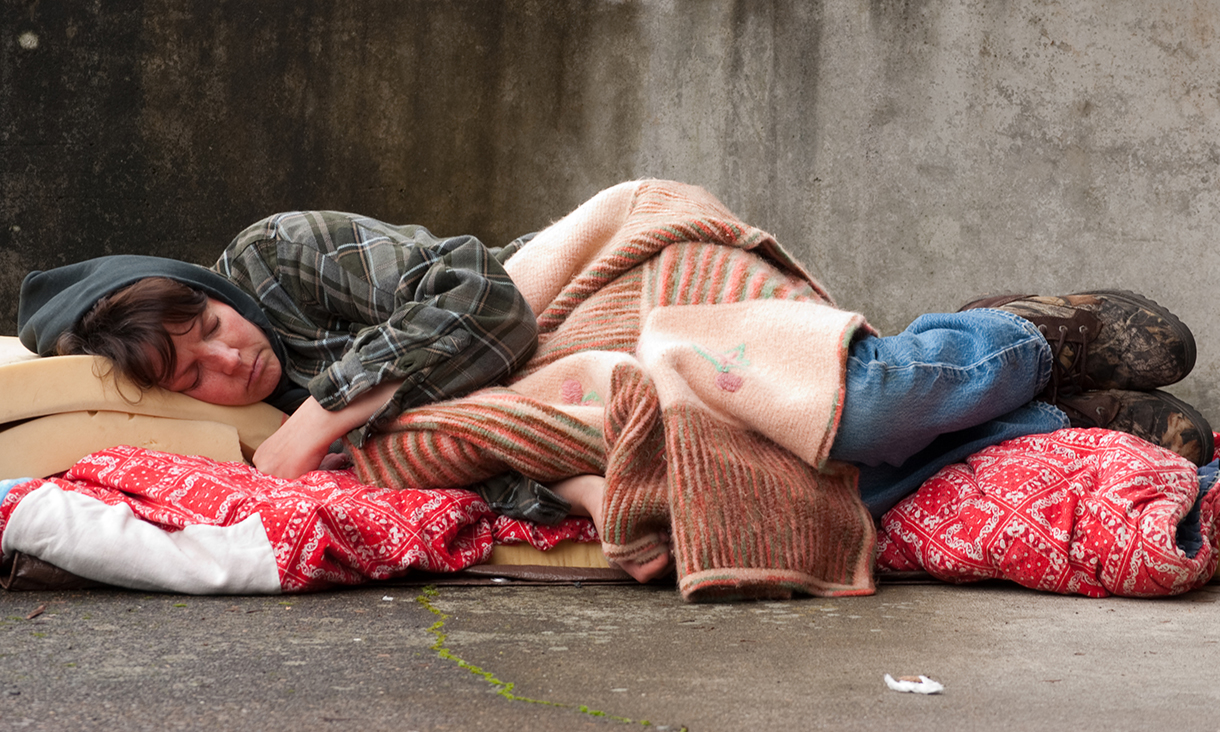At the start of Homelessness Week (6-12 August), RMIT University’s Professor Guy Johnson busts some of the biggest myths and misconceptions around homelessness.

Australia’s first Professor of Urban Housing and Homelessness, Johnson is speaking at a panel at the National Homelessness Conference (6-7 August) and is available for interview.
Myth 1: Most people experiencing homelessness sleep on the streets
Rough sleepers are the most visible face of homelessness but they represent only a small fraction (about 1 in 12) of the homeless population.
Most people experiencing homelessness, particularly women with children, go out of their way not to be noticed, staying with friends, in emergency accommodation or living out of their cars.
Myth 2: Most people experiencing homelessness are drug addicts or alcoholics
About 60 per cent do not have a drug or alcohol problem and of those that do, the majority develop this after they become homeless. This is a troubling statistic that highlights the associated risks of homelessness.
Myth 3: Most homeless people have mental health problems
About one third of Australia’s homeless have serious mental health issues. Similar to drug and alcohol statistics, up to half of these people developed their mental health problems after becoming homeless.
Myth 4: Most homeless people break the law
Statistically, homeless people are actually more likely to be victims of crime than perpetrators. This highlights the increased vulnerability that comes with being homeless.
Myth 5: Giving to people who are begging only encourages homelessness
There is no evidence to support the claim that giving incentivises homelessness. People experiencing homelessness want safe and secure housing, the same as everyone else.
Myth 6: Most of those who are homeless choose to be
The majority are poor and have experienced a health problem or a financial shock, or cannot stay at home because of violence or abuse and cannot afford alternative accommodation.
Myth 7: There’s enough emergency accommodation
Australia does have some crisis and emergency accommodation but agencies are being overwhelmed by demand as numbers continue to grow.
RMIT and Victoria’s leading social housing organisation, Unison Housing, have a unique partnership that combines academic research and industry knowledge to improve the lives of 650,000 Australians facing housing issues.






